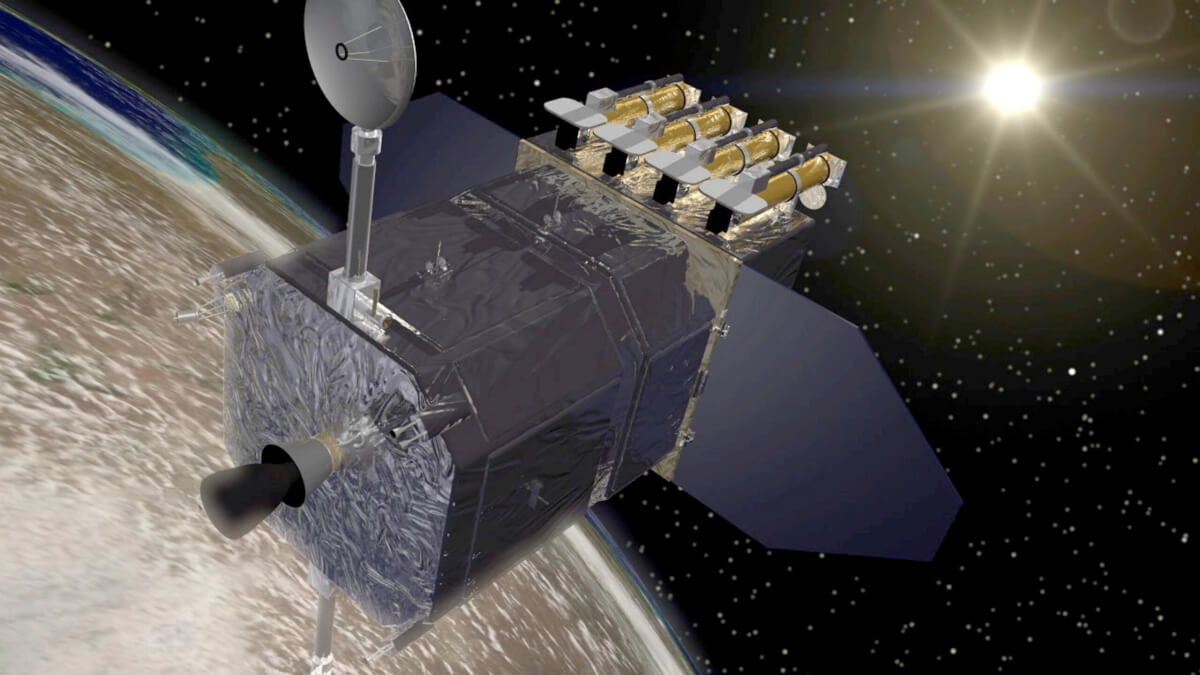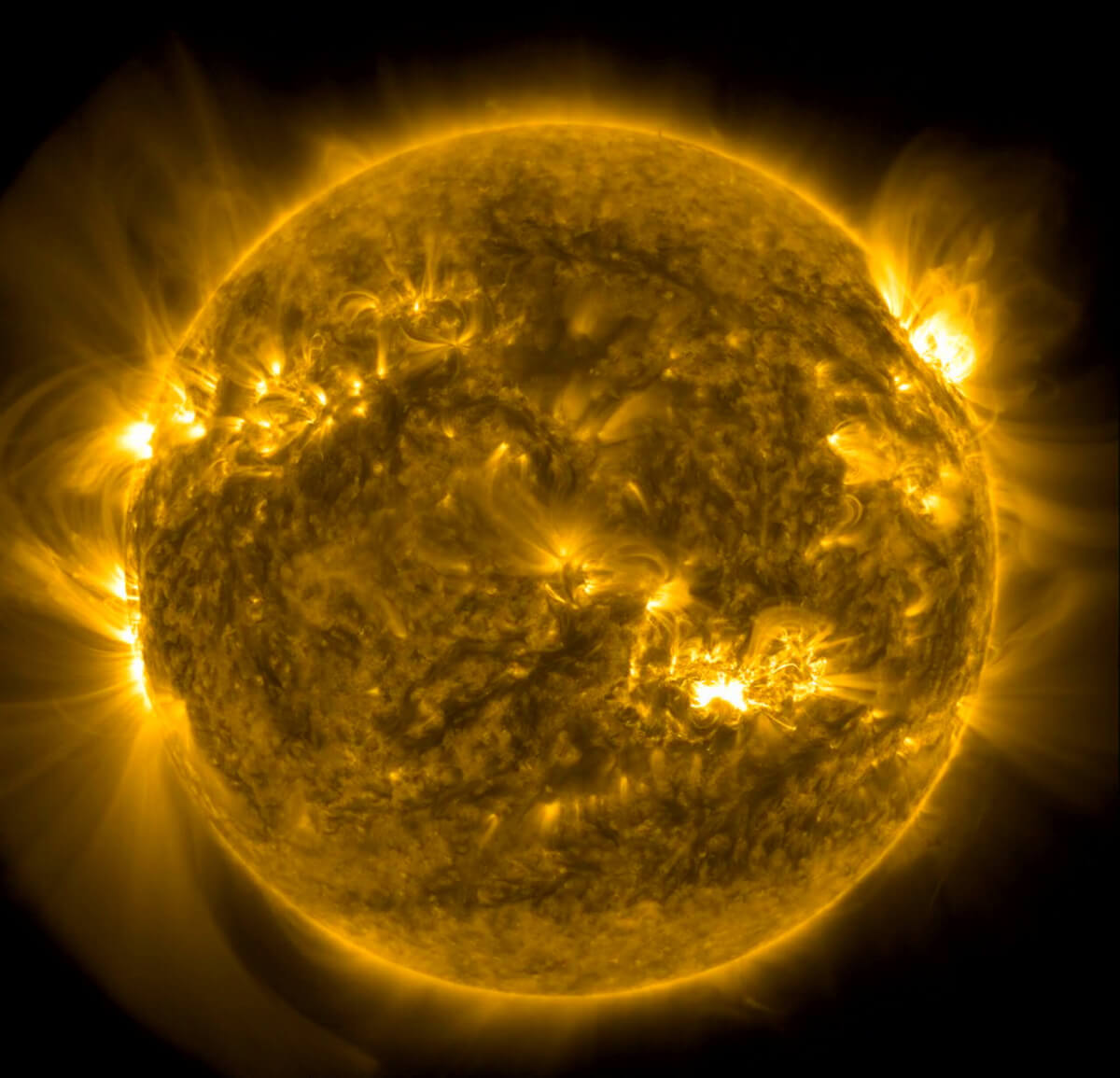Earth is under the watchful eyes of scientists as a colossal sunspot, approximately 15 times the size of our planet, poses a significant threat to cause widespread disruption. Known as sunspot AR3664, this immense feature spans an astonishing 124,000 miles. The impact of such geomagnetic storms is profound as they can disrupt satellite operations, communications, the electrical power grid, and even navigation systems.
Sunspots are darker, cooler areas on the sun’s surface, arising from interactions with the sun’s magnetic field. These areas are often the origins of solar flares and coronal mass ejections (CMEs), which are sudden eruptions of magnetic fields and plasma from the sun’s corona.

The potential for chaos stems from the sunspot’s ability to emit powerful X-class solar flares, the most intense form of solar flares known for their capacity to disturb Earth’s geomagnetic field. According to Spaceweather.com, these flares have been directing vast amounts of energy and radiation toward our planet.
The U.S. Space Weather Prediction Center (SWPC), a division of the National Oceanic and Atmospheric Administration (NOAA), is closely monitoring this activity. They have begun to track a series of solar eruptions since last Wednesday, marking an uptick in the sun’s activity. The SWPC has officially issued a Severe (G4) Geomagnetic Storm Watch for Friday evening, May 10. This warning extends through the weekend as additional solar eruptions are likely to continue affecting Earth.
“Space weather forecasters have issued a Severe (G4) Geomagnetic Storm Watch for the evening of Friday, May 10. Additional solar eruptions could cause geomagnetic storm conditions to persist through the weekend,” reported the SWPC.


Since early Wednesday, this cluster of sunspots has generated several moderate to strong solar flares. “At least five flares were associated with CMEs that appear to be Earth-directed. SWPC forecasters will monitor NOAA and NASA’s space assets for the onset of a geomagnetic storm,” the center further stated.
In their latest statement, SWPC highlighted the potential risks, “Geomagnetic storms can impact infrastructure in near-Earth orbit and on Earth’s surface, potentially disrupting communications, the electric power grid, navigation, radio, and satellite operations.”
Despite the disruptions, geomagnetic storms can also bring about one of nature’s most stunning visual phenomena—the aurora. “A severe geomagnetic storm includes the potential for aurora to be seen as far south as Alabama and Northern California,” noted SWPC.


As the Solar Dynamics Observatory (SDO) continues to observe these developments, its findings are vital in improving our understanding of solar variability and preparing for its impacts. This mission underscores the intricate dance between celestial phenomena and their effects on Earth, highlighting the dynamic and interconnected nature of our solar system.
SWNS writer Dean Murray contributed to this report.

